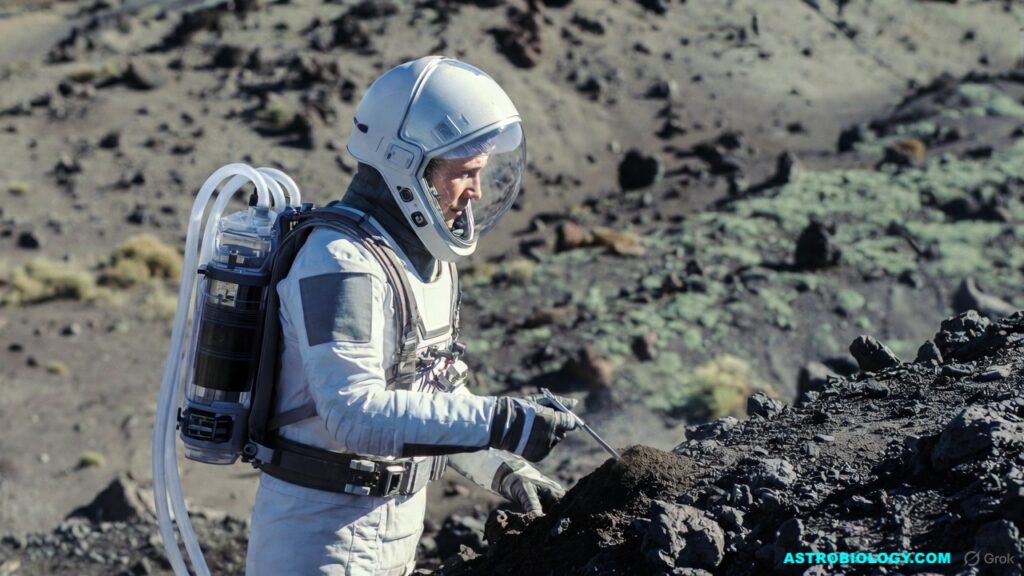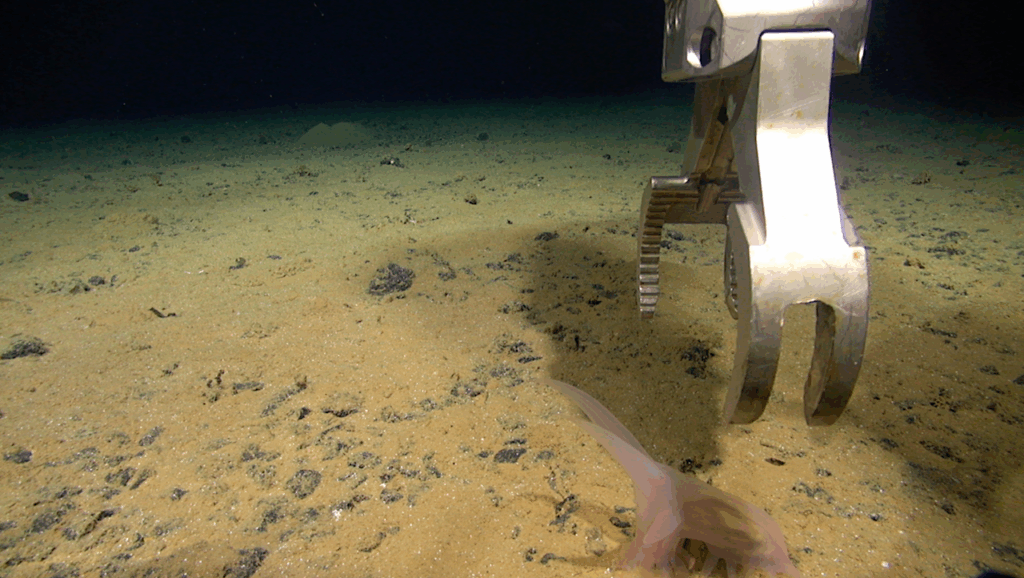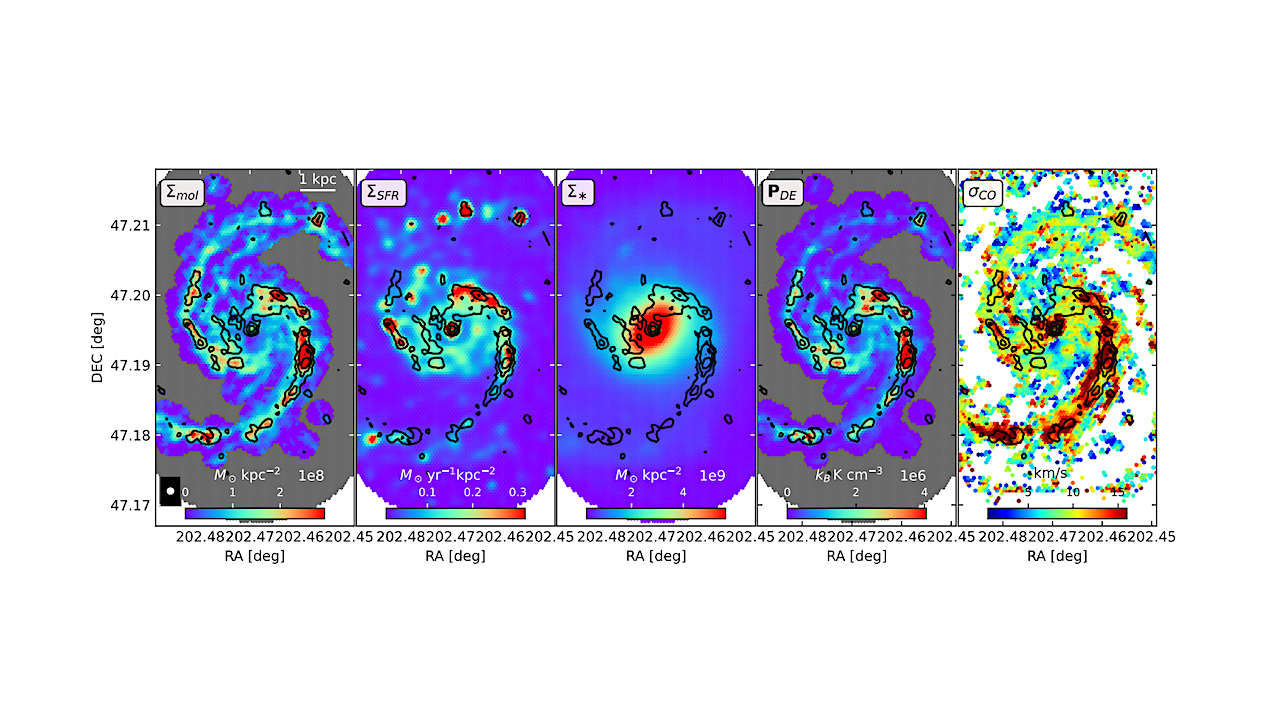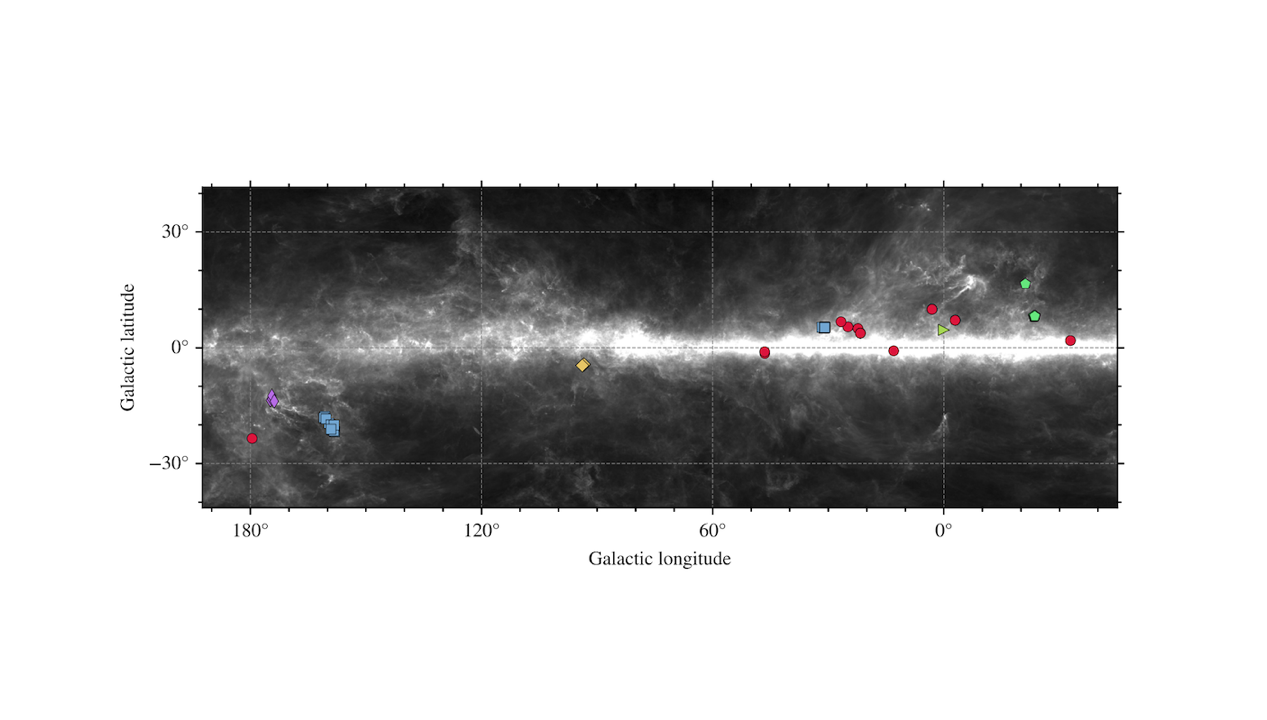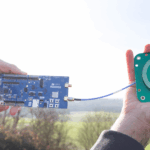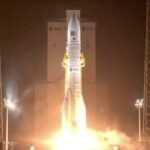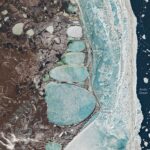Now Reading: Requirements For Joint Orbital Characterization of Cold Giants and Habitable Worlds with Habitable Worlds Observatory
-
01
Requirements For Joint Orbital Characterization of Cold Giants and Habitable Worlds with Habitable Worlds Observatory
Requirements For Joint Orbital Characterization of Cold Giants and Habitable Worlds with Habitable Worlds Observatory
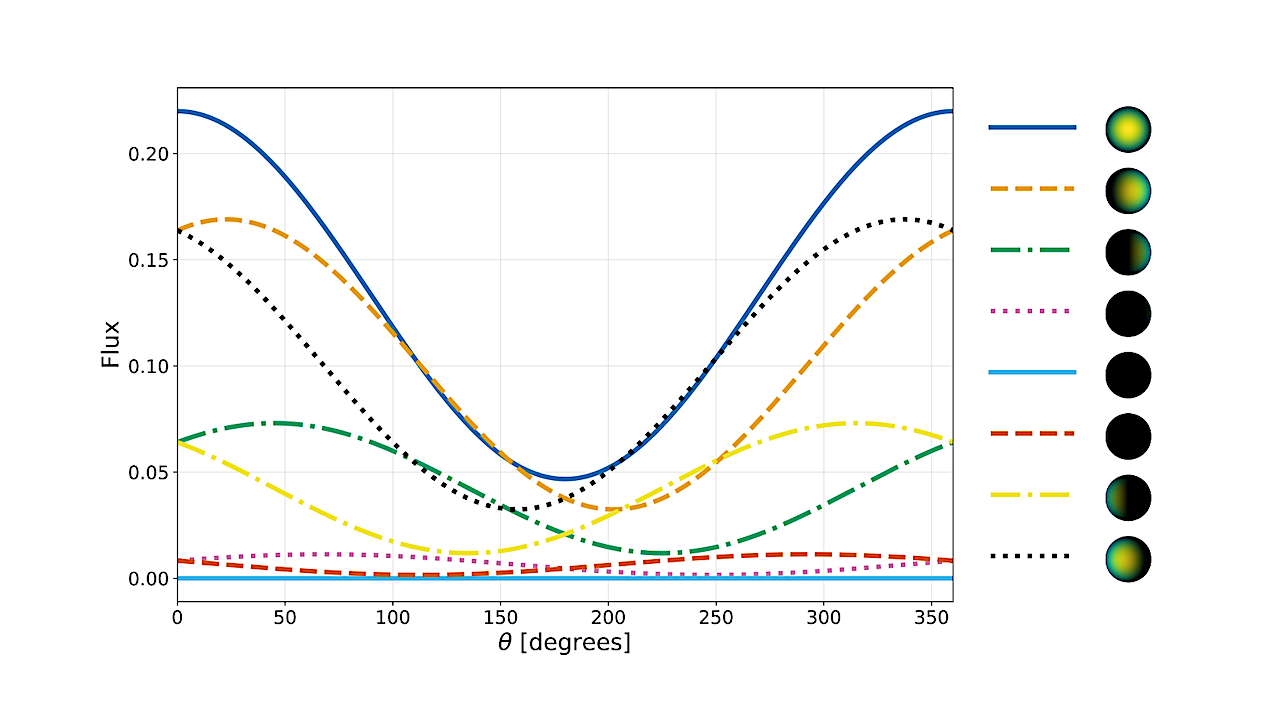

The phase curve of a planet over one rotation at eight different illumination phases. The images at the right show renderings of the planet’s illuminated surface throughout the observation. Each curve represents a different viewing geometry, the observer-planet-star angle, with the corresponding planetary illumination phase shown by the colored circles in the legend. The top (blue) curve shows a fully illuminated planet, while the lower curves show various partial illumination scenarios down to a completely dark planet (purple). The gray curve represents the classical edge-on viewing case exhibiting the full range of phase variations. — astro-ph.SR
We determine optimal requirements for the joint detection of habitable-zone planets and cold giant planets with the Habitable Worlds Observatory (HWO).
Analysis of 164 nearby stars shows that a coronagraph outer working angle (OWA) of 1440 milliarcseconds (mas) is necessary to achieve 80-90% visibility of cold giants. Approximately 40 precursor radial velocity measurements with 1 m/s precision are required to adequately constrain orbital parameters before HWO observations.
We demonstrate that 6-8 astrometric measurements distributed across the mission timeline, compared to radial velocity constraints alone and to astrometry constraints alone, significantly improve orbital parameter precision, enabling direct determination of orbital inclination with uncertainties of 0.8-3 degrees.
For habitable-zone planet characterization, 4-5 epochs provide moderate confidence, while high-confidence (95%) confirmation requires 8+ observations.
These specifications are essential for the comprehensive characterization of planetary system architectures and understanding the potential habitability of terrestrial exoplanets.
Sabina Sagynbayeva, Asif Abbas, Stephen R. Kane, Eric L. Nielsen, William Thompson, Sarah Blunt, Malena Rice, Jessie L. Christiansen, Caleb K. Harada, Elisabeth R. Newton, Yasuhiro Hasegawa, Philip J. Armitage, Tansu Daylan
Comments: In review in ApJ
Subjects: Earth and Planetary Astrophysics (astro-ph.EP); Instrumentation and Methods for Astrophysics (astro-ph.IM); Solar and Stellar Astrophysics (astro-ph.SR)
Cite as: arXiv:2507.21443 [astro-ph.EP] (or arXiv:2507.21443v1 [astro-ph.EP] for this version)
https://doi.org/10.48550/arXiv.2507.21443
Focus to learn more
Submission history
From: Sabina Sagynbayeva
[v1] Tue, 29 Jul 2025 02:32:25 UTC (13,631 KB)
https://arxiv.org/abs/2507.21443
Astrobiology,
Stay Informed With the Latest & Most Important News
Previous Post
Next Post
-
 012024 in Review: Highlights from NASA in Silicon Valley
012024 in Review: Highlights from NASA in Silicon Valley -
 02Panasonic Leica Summilux DG 15mm f/1.7 ASPH review
02Panasonic Leica Summilux DG 15mm f/1.7 ASPH review -
 03From Polymerization-Enabled Folding and Assembly to Chemical Evolution: Key Processes for Emergence of Functional Polymers in the Origin of Life
03From Polymerization-Enabled Folding and Assembly to Chemical Evolution: Key Processes for Emergence of Functional Polymers in the Origin of Life -
 04How New NASA, India Earth Satellite NISAR Will See Earth
04How New NASA, India Earth Satellite NISAR Will See Earth -
 05And Thus Begins A New Year For Life On Earth
05And Thus Begins A New Year For Life On Earth -
 06Astronomy Activation Ambassadors: A New Era
06Astronomy Activation Ambassadors: A New Era -
07SpaceX launch surge helps set new global launch record in 2024













